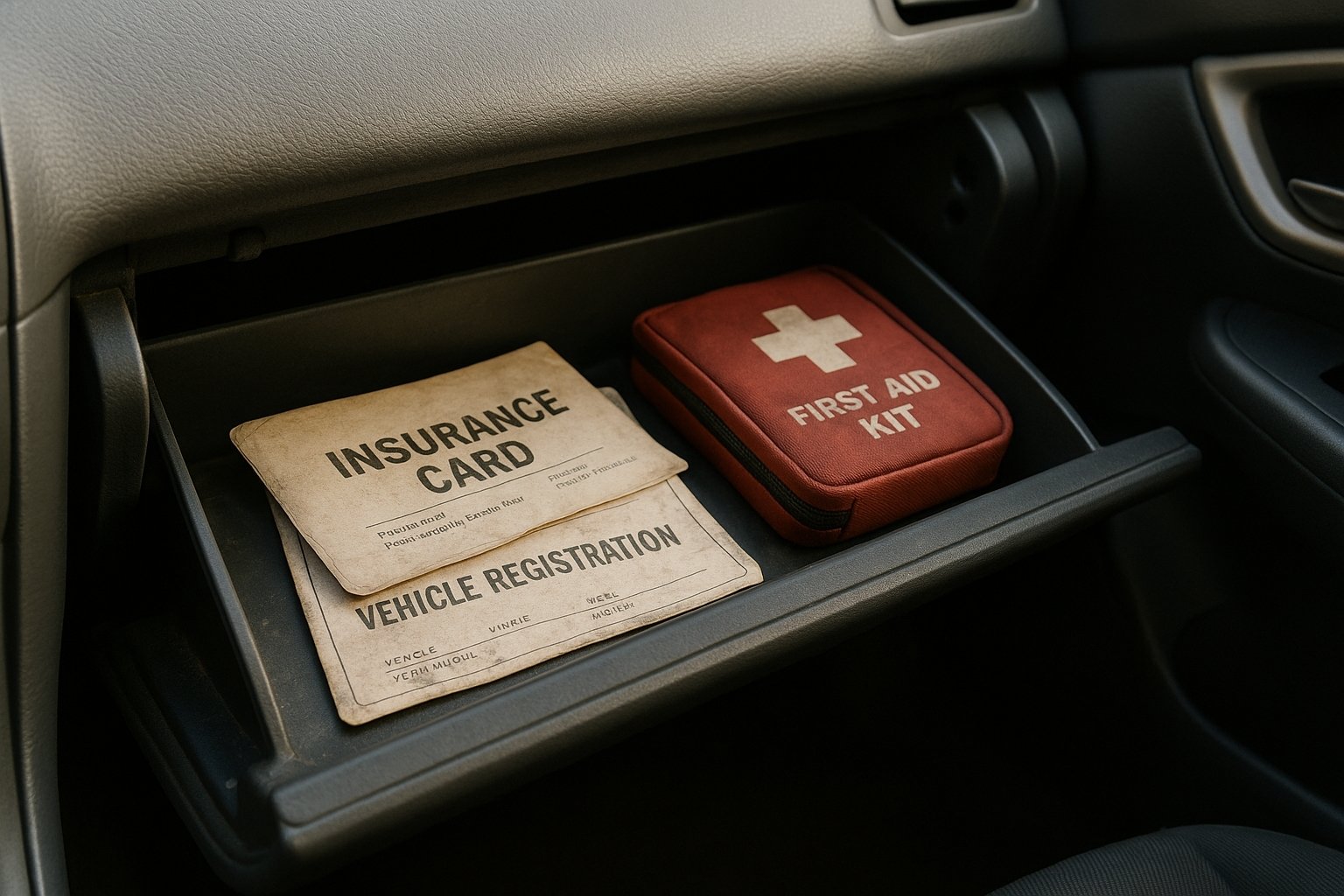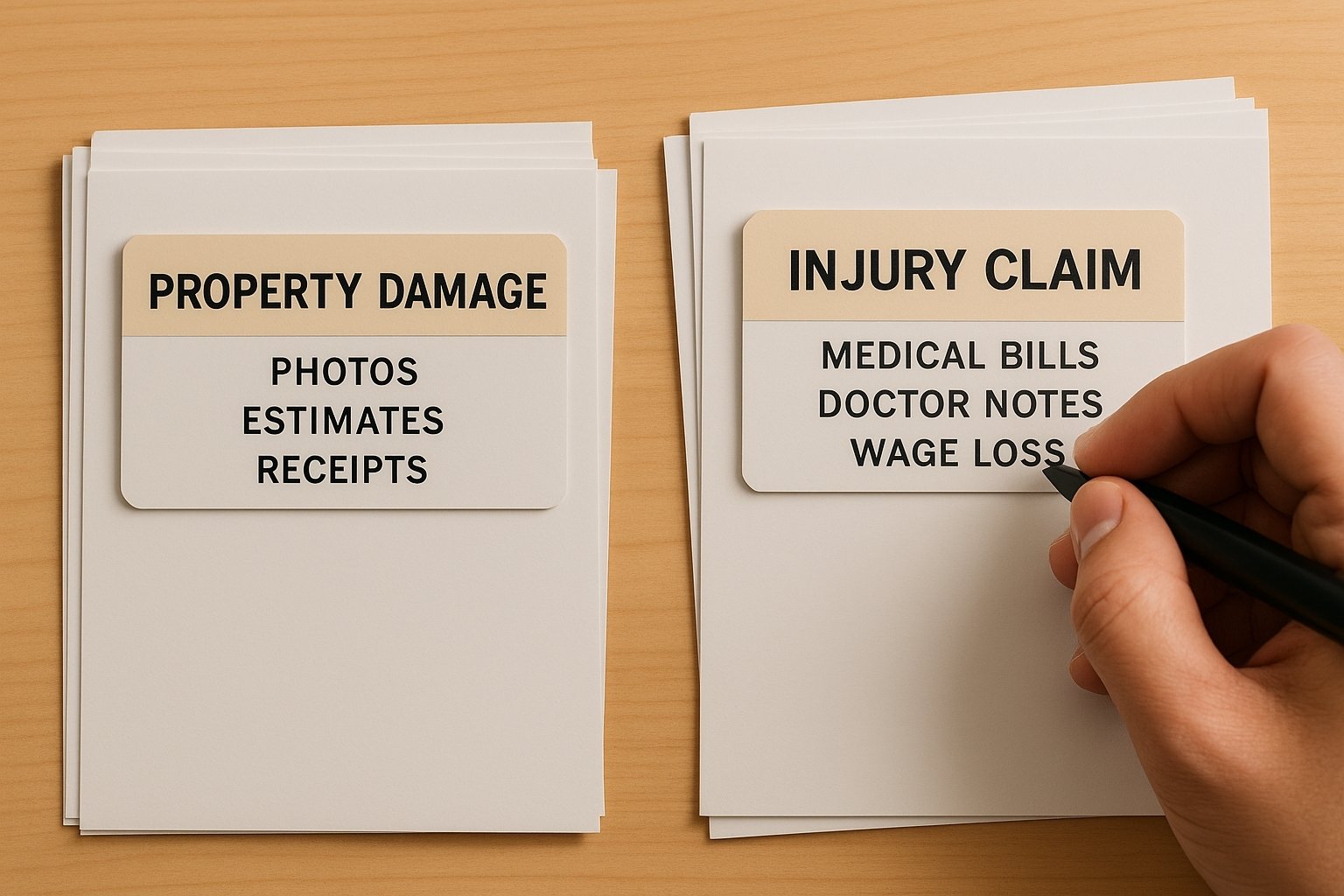Getting into a car accident is stressful enough without having to decode complex insurance policies. Yet, your car insurance coverage plays a crucial role in what happens next, financially, legally, and medically. Unfortunately, most drivers don’t fully understand the protections built into their policies or how those protections work after a crash. This guide will walk you through the core types of auto insurance, how they apply in various accident scenarios, and how to leverage your policy to recover the compensation you deserve.

Unfortunately, based on your response, you may not qualify to file a claim. Most personal injury cases must be filed within two years of the accident, in accordance with the statute of limitations. Please consult with a licensed attorney to explore any possible exceptions or additional options.
Auto insurance isn’t a one-size-fits-all solution. It’s made up of several specific coverages, each designed to handle different losses, responsibilities, and scenarios. While state law sets the minimum requirements, most policies go beyond that with optional protections that can make a huge difference after a crash.
Liability coverage is often the foundation of an auto policy, and in most states, it’s mandatory. If you’re found at fault for an accident, this is the coverage that pays for the other party’s losses.
This portion of your policy helps cover the medical costs, lost wages, and pain and suffering experienced by others injured in the accident. It doesn’t pay for your injuries, only for those of the people you harmed. It’s especially important if you’ve caused serious harm to someone else, because without adequate limits, you could be held personally liable for any excess.
PD liability covers damage to someone else’s property, most often their vehicle, but it can also apply to fences, mailboxes, storefronts, and other property. If you backed into someone’s car or crashed into a roadside structure, this is the coverage that pays.
This is one of the most underappreciated but crucial coverages you can have. It protects you in situations where the at-fault driver either has no insurance or doesn’t carry enough coverage to pay for your losses.
If you're injured by a driver who has no liability insurance at all, this portion of your policy can help pay for your medical care and lost income.
When the at-fault driver’s coverage is insufficient to cover all your expenses, your underinsured motorist protection steps in to cover the gap.
Not every policy includes this, but when it does, it can pay for vehicle repairs caused by an uninsured driver. It can be especially helpful if you don’t carry collision coverage.
These two coverages help you cover medical costs for yourself and your passengers, regardless of who caused the accident. They’re especially helpful in no-fault states and minor accident scenarios.
%20MedPay.webp)
Often broader than MedPay, PIP can include compensation for medical bills, lost wages, essential household services, and even funeral costs. It's commonly required in no-fault states where your own policy pays for injuries up to a specific limit.
MedPay usually focuses solely on medical and funeral expenses and is available in fault-based systems. It’s typically more limited than PIP but can be a valuable add-on, especially when PIP isn’t required.
Collision coverage pays for repairs or replacement of your vehicle if it's damaged in a crash—regardless of who’s at fault. If you’re financing or leasing your car, this coverage is often required by the lender. It can be a financial lifesaver, especially in accidents involving high repair costs or total vehicle loss.
Comprehensive steps in when your vehicle is damaged by non-collision events like fire, theft, vandalism, hail, flooding, falling objects, or animal strikes. It’s particularly valuable if you live in areas prone to weather-related events or high theft rates.
Most insurers also offer optional protections that can reduce stress and out-of-pocket costs after a crash. Rental car reimbursement helps cover the cost of temporary transportation while your car is being repaired. Towing and labor coverage pays for roadside assistance. These add-ons may seem minor, until you need them.
Understanding how different types of insurance apply can determine whose policy pays, what expenses are covered, and whether your claim is accepted or denied. It also affects how you’ll interact with the insurers and what evidence you’ll need to gather. If you're not sure where to begin or what type of claim you're facing, our Claim Help section provides a full roadmap with step-by-step guidance.
Where the accident occurs plays a major role in how coverage is applied. In at-fault states, the person who caused the accident is financially responsible for the other party’s losses, and their liability coverage is the first to respond. In no-fault states, your own PIP or MedPay coverage pays for your injuries regardless of who caused the crash. This distinction can also affect how you prepare and file your claim correctly, and whether you can pursue additional compensation through a lawsuit.
It’s not just about who pays, it’s also about what’s being claimed. Repairing your car may fall under collision coverage or the other driver’s property damage liability, while your medical treatment might be covered by your PIP or their bodily injury coverage. When you’re organizing your claim, it’s important to know what documentation is required for each damage type to avoid delays or denials.
The total amount of money available through insurance is capped by the policy limits. If your injuries result in $100,000 in expenses but the at-fault driver only has $25,000 in coverage, you may need to turn to your underinsured motorist coverage, or pursue other legal options. Policy limits play a central role in determining the size of your payout, and if you’ve already received a claim denial, it may be due to these limits being exhausted or misunderstood.

Your insurance policy is one of the most important financial tools you have after a crash, but only if you understand it. Failing to use the right coverage, file the right paperwork, or pursue the right claim could mean walking away from thousands of dollars in compensation. Don’t assume you know what’s covered, confirm it. Ask questions. Get expert advice.
MVAClaim.com connects you with skilled accident lawyers who can review your insurance policies, clarify your coverage, and fight to ensure you receive everything you're entitled to under the law. Get a free case evaluation today – you pay nothing unless they win your case!
Unfortunately, based on your response, you may not qualify to file a claim. Most personal injury cases must be filed within two years of the accident, in accordance with the statute of limitations. Please consult with a licensed attorney to explore any possible exceptions or additional options.